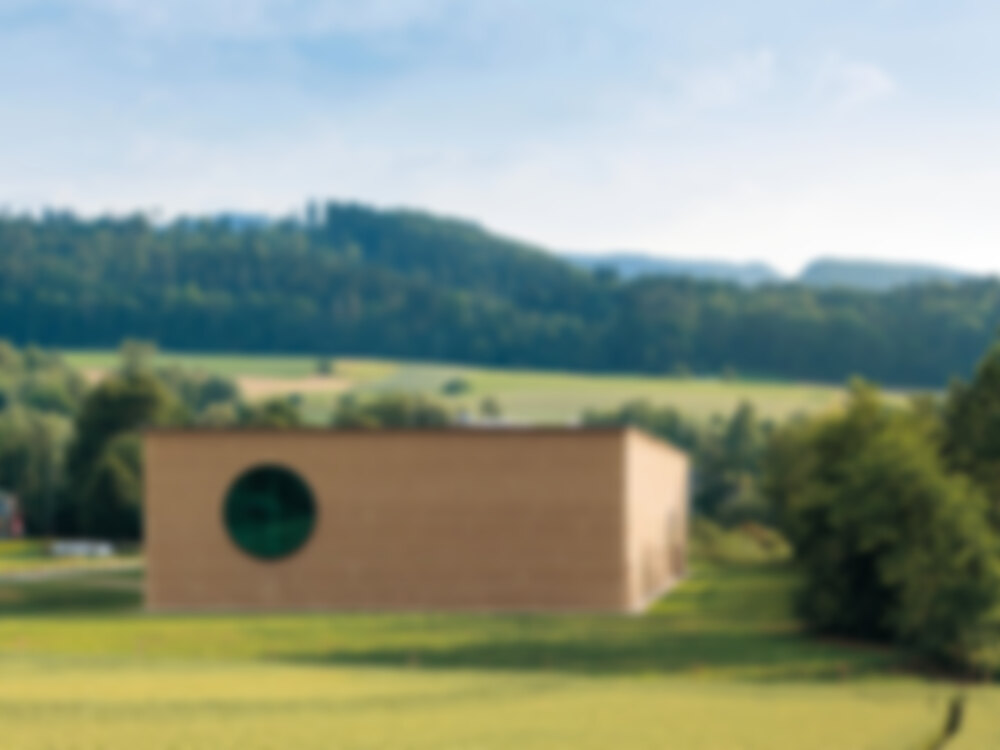Herzog & de Meuron and Ricola are a team that has enriched Swiss industrial building culture with many a model structure. The new Kräuterzentrum (herbal centre) near Basle, which the architects developed jointly with Martin Rauch, the Vorarlberg earth construction expert, is probably the largest loam building in Europe to date.
Ricola Kräuterzentrum in Laufen
Issue
03/2015 Industrial Building
Source
DETAIL
Task
New construction
Location
Switzerland, Laufen
Year of construction
2014
Architecture
Herzog & de Meuron

© Iwan Baan

© Iwan Baan